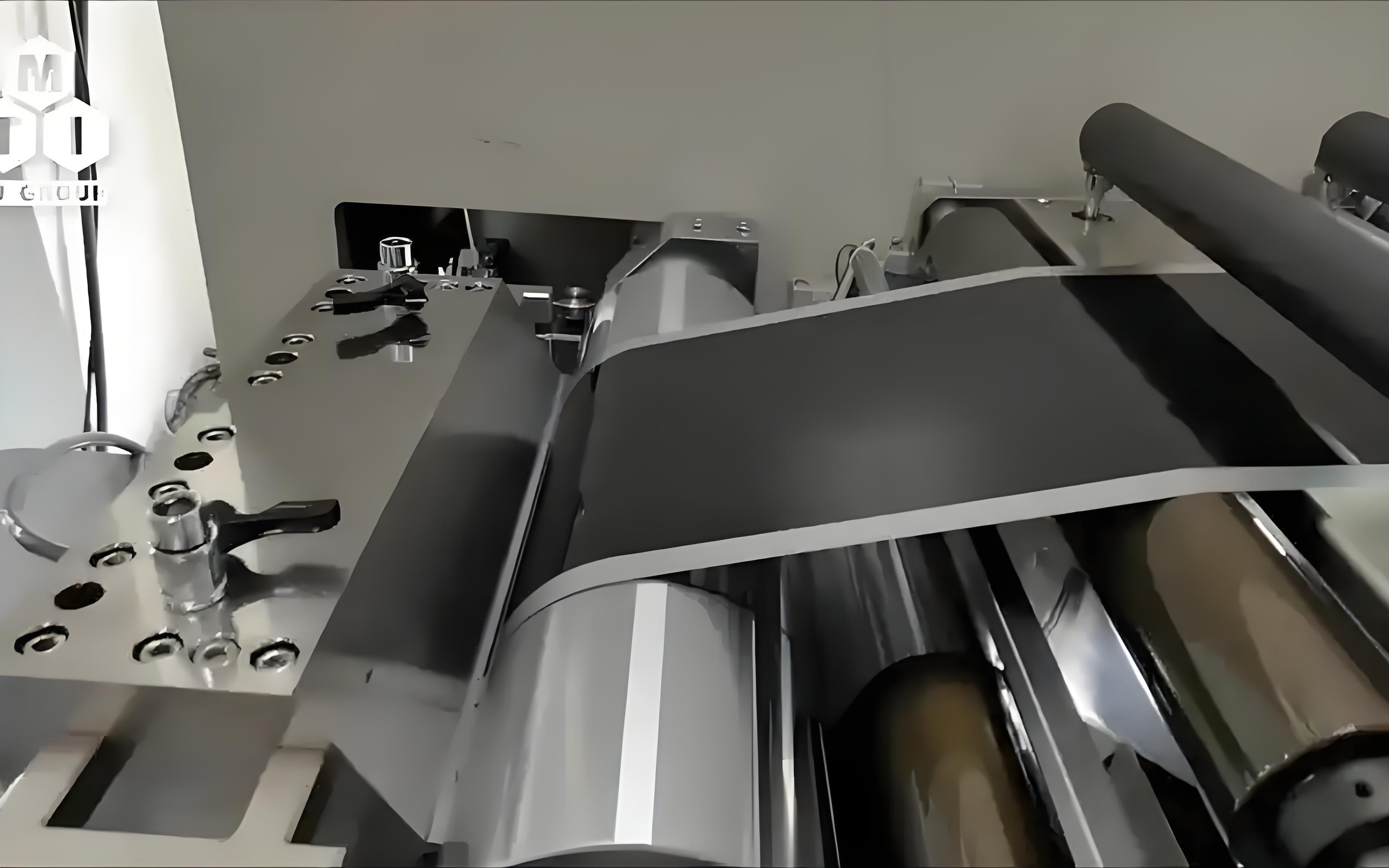The precision of the manufacturing process of lithium batteries directly affects the performance and safety of the battery. What are the reasons for the virtual edge coating? And how to improve it?
The virtual edges produced during the lithium battery coating process are the main defect in the coating of lithium battery pole pieces. The so-called coating virtual edges refer to incomplete coverage or uneven fusion of the coating edges.
1. Common reasons for virtual edges in lithium battery coating
(1) Unstable slurry properties
The viscosity, solid content and particle distribution of lithium battery slurry directly affect the coating uniformity. If the slurry is unevenly dispersed or contains bubbles, it is easy to form accumulation or defects at the edge during coating, resulting in virtual edges.
(2) Improper coating parameter settings
Parameters such as scraper pressure, coating speed, and drying temperature need to match the characteristics of lithium battery slurry. For example, excessive scraper pressure may cause excessive extrusion of the edge, while too fast a drying rate may easily cause the coating to crack and form a virtual edge.
(3) Equipment wear and calibration deviation
The coating machine roller, scraper and other parts will wear out after long-term use, or will not be calibrated regularly, which will lead to uneven electrode thickness.
(4) Insufficient environmental humidity and cleanliness
Excessive humidity in the workshop may cause the slurry to absorb water and agglomerate, and dust pollution may lead to coating defects.
The viscosity, solid content and particle distribution of lithium battery slurry directly affect the coating uniformity. If the slurry is unevenly dispersed or contains bubbles, it is easy to form accumulation or defects at the edge during coating, resulting in virtual edges.
(2) Improper coating parameter settings
Parameters such as scraper pressure, coating speed, and drying temperature need to match the characteristics of lithium battery slurry. For example, excessive scraper pressure may cause excessive extrusion of the edge, while too fast a drying rate may easily cause the coating to crack and form a virtual edge.
(3) Equipment wear and calibration deviation
The coating machine roller, scraper and other parts will wear out after long-term use, or will not be calibrated regularly, which will lead to uneven electrode thickness.
(4) Insufficient environmental humidity and cleanliness
Excessive humidity in the workshop may cause the slurry to absorb water and agglomerate, and dust pollution may lead to coating defects.
2. How to solve the virtual edge problem of lithium battery coating?
(1) Optimize slurry formulation and pretreatment
Use high shear dispersion process to improve slurry uniformity; add dispersant to reduce particle agglomeration, and eliminate internal bubbles through vacuum degassing to reduce the risk of virtual edges.
(2) Dynamically adjust coating parameters
The scraper pressure and coating speed are adjusted in real time according to the width of the lithium battery electrode. The online detection system is used to monitor the coating quality and respond quickly to abnormalities.
(3)Upgrade equipment and automated control
Introduce high-precision coating machines equipped with automatic deviation correction and pressure feedback systems to reduce human operation errors. Regularly calibrate the roller gap to ensure edge coating consistency.
(4) Strengthen environmental control
Strictly control the temperature and humidity of the workshop, configure an air shower system and air filtration device to ensure a clean environment for lithium battery coating.
The virtual edge of lithium battery coating is the result of multiple factors, which requires systematic optimization from four aspects: slurry, equipment, process and environment. Through refined management and technological innovation, the quality of lithium battery pole pieces can be significantly improved, and the new energy industry can be promoted to higher energy efficiency and safety.
Use high shear dispersion process to improve slurry uniformity; add dispersant to reduce particle agglomeration, and eliminate internal bubbles through vacuum degassing to reduce the risk of virtual edges.
(2) Dynamically adjust coating parameters
The scraper pressure and coating speed are adjusted in real time according to the width of the lithium battery electrode. The online detection system is used to monitor the coating quality and respond quickly to abnormalities.
(3)Upgrade equipment and automated control
Introduce high-precision coating machines equipped with automatic deviation correction and pressure feedback systems to reduce human operation errors. Regularly calibrate the roller gap to ensure edge coating consistency.
(4) Strengthen environmental control
Strictly control the temperature and humidity of the workshop, configure an air shower system and air filtration device to ensure a clean environment for lithium battery coating.
The virtual edge of lithium battery coating is the result of multiple factors, which requires systematic optimization from four aspects: slurry, equipment, process and environment. Through refined management and technological innovation, the quality of lithium battery pole pieces can be significantly improved, and the new energy industry can be promoted to higher energy efficiency and safety.
 +86 13332949210
+86 13332949210 info@xihobattery.com
info@xihobattery.com







 Xiho
Xiho May 12 2025
May 12 2025











